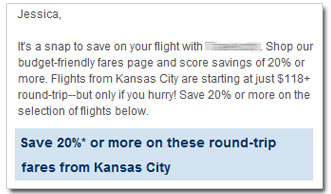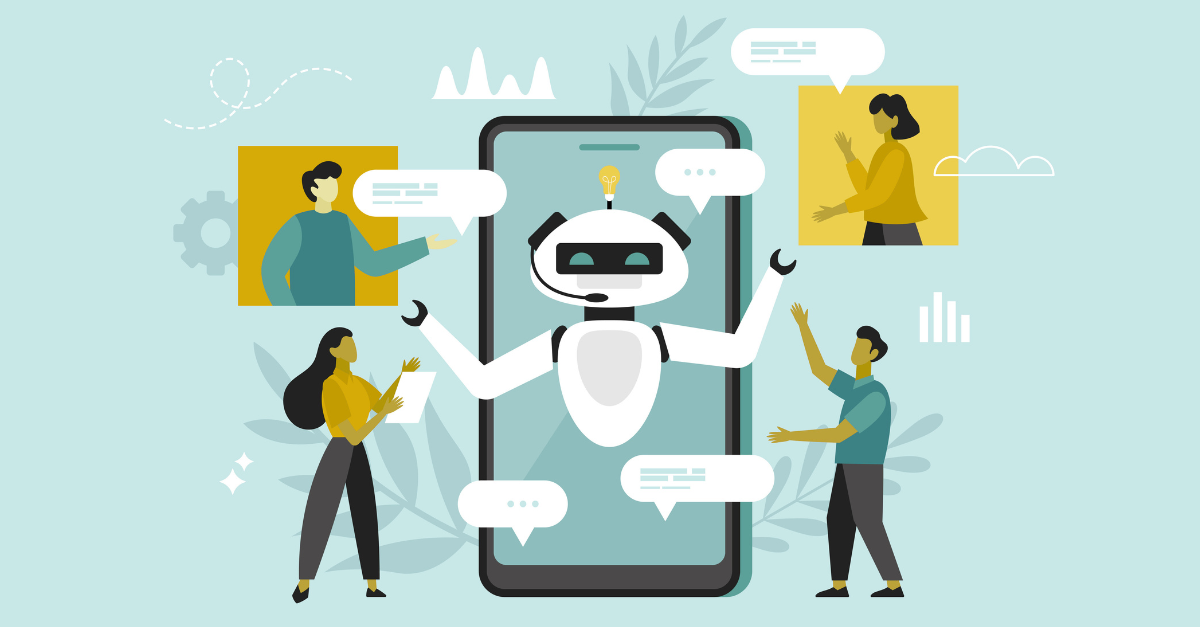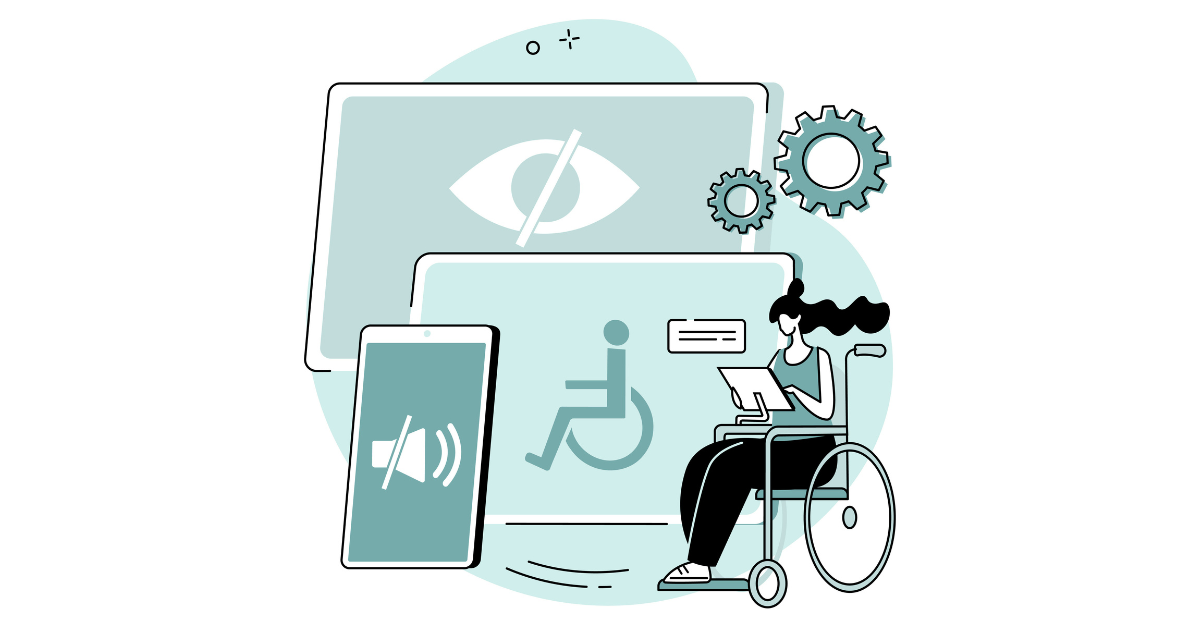According to a 2008 ReturnPath study, more than 75% of marketers who use email marketing aren’t taking advantage of personalization at all. Surprising, given that there’s solid evidence that even limited personalization boosts email response rates. And, with technology provided by virtually every Email Service Provider, it’s very easy to implement.
So what’s preventing marketing experts from using personalization in their email marketing campaigns?
One reason may be that a smart email user such as yourself, John, would be put off by too much personalization, like using your name, which is John, of course. Resulting in the entire email, John, coming across as creepy or demeaning. And at this point, you, John, understand that as well as anyone.

Another reason may be that many marketing pros are just unaware of the potential response increases they are missing out on. If they knew that personalization could lift response rates by 5% or more, sometimes dramatically more, and that it would only take seconds to implement, surely they would at least test it for their own email lists.
So what’s the right way to break into personalization?
A simple salutation is a great start, i.e. Dear John. From there, email personalization should get smarter – as in, from the marketer, to the email subscriber with relevant information that speaks to them and their needs based on what the marketing team knows they’ve done in the past. If you’ve ever purchased songs from iTunes based on their recommendations sent to you in email or received book recommendations through Amazon’s “Other readers who bought X, also bought Y” suggestive email marketing campaigns, then you’ve seen great execution of personalization.
Providing relevant and timely offers in your email marketing campaigns is part of the benefit of using email in your marketing mix. And in marketing, sometimes it’s the little things. At a minimum, let your email contacts know you know who they are: To you, From me. Insert a salutation using the contact’s first name and sign it from his “personal customer service” rep for his area. And like we said last month: be sure to test and see how much variable data personalization is best for email marketing to John, and the rest of your audience.




Great topic and blog entry – email personalization can really drive great results. I wrote recently on this topic:
Service and email customization are great ways to remind them why they do business with you. For instance, include their name at the top of the email (as opposed to a generic form letter). This level of personalization gives the email a warm and welcome tone. Customizing the email based on the customer’s preferences, product or service types, and order history is another great way to show the customer you care. For instance, your email could remind the customer of their recent XYZ product purchase and introduce them to the complimentary ABC product line. New products, services or special sales are also great excuses to reach out to your customers via email. Why not send your customers an email offering a limited time 10% discount on products and services bought within the next two weeks? It’s a great way to engage your customers in conversation (after all… who doesn’t love a sale) and can really drive sales when things slow down.
http://kellyrshort.com
I can verify that while promoting courses and programs I offer, I not only get greater response in terms of click throughs, etc., MANY respond personally back to the email message – where before customization this was rare.